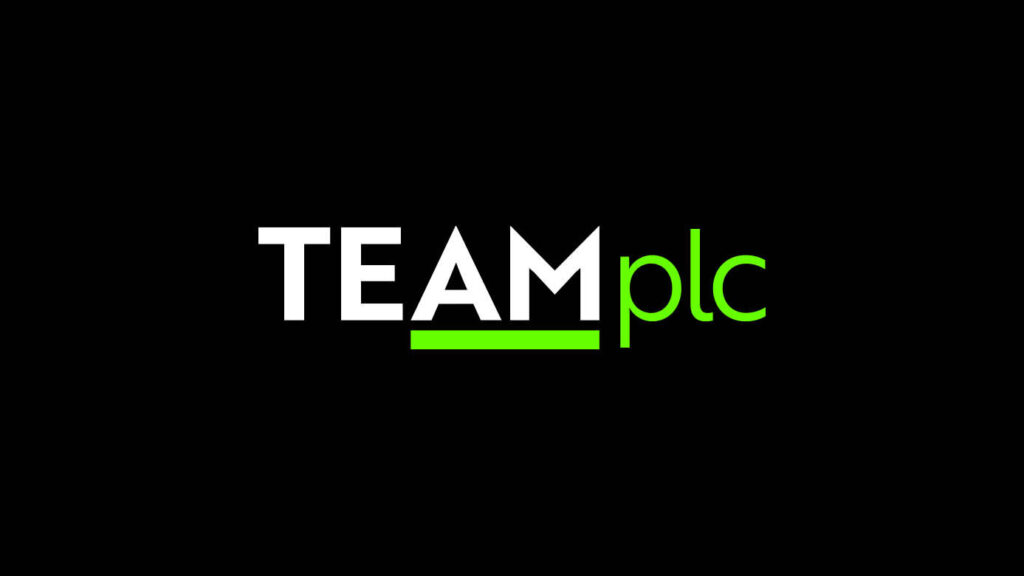Market timing has always been a dangerous game, and recent events have made the challenge even more formidable. Investors looking for clarity are often met with conflicting signals, not least from shifting rhetoric in the White House. Yet despite the political noise, global markets showed renewed strength this week, buoyed by the US President’s softening stance on tariffs. The suggestion of ‘flexibility’ in trade policy has been welcomed by markets, with the anticipated tariffs—once dubbed ‘Liberation Day’ by the MAGA camp—appearing less severe than feared.
Stronger-than-expected US economic data added to the momentum. The S&P Global flash composite PMI rose to a three-month high of 53.5, indicating broad-based business expansion across both manufacturing and services sectors. This helped counterbalance a sobering reality for many of the market’s largest companies. Outside of Warren Buffett’s Berkshire Hathaway, each of the top 10 firms in the S&P 500 has declined over 10% from their 52-week highs, with six seeing losses greater than 20%. The headline indices continue to disguise this underlying weakness.
Investors were also focused on the latest Federal Open Market Committee meeting, where Chair Jerome Powell held interest rates steady within the 4.25% to 4.50% range. While this decision was expected, the accompanying statement introduced a layer of caution, citing rising uncertainty—particularly regarding tariff policy. The Fed’s updated projections reflected this new outlook, with growth forecasts cut, and inflation and unemployment estimates nudged higher.
Back in the UK, Chancellor Rachel Reeves made headlines with a bold pledge to slash government operational costs by 15% by 2030. This equates to annual savings of over £2 billion and is set to affect 10,000 civil service roles, particularly in areas such as policy, communications, and administration. It’s a clear move to harness the promised efficiencies of AI and digital automation, bringing long-discussed reforms into tangible effect.
In a week otherwise quiet for corporate dealmaking, two major announcements stood out. Google revealed a $32 billion acquisition of cybersecurity firm Wiz, injecting life into a subdued M&A landscape. Meanwhile, Nvidia reaffirmed its dominance in the AI chip sector with plans to invest hundreds of billions into US semiconductor manufacturing over the next four years. Despite this domestic push, the company acknowledged mounting competition from China, underscoring the increasingly strategic nature of the chip industry.
Gold continued to demonstrate unexpected resilience, holding above the key $3,000 per ounce mark. Often dismissed by sceptics as a relic, gold has quietly outperformed the S&P 500 by 2.5 times since 2000, reinforcing its role as a safe haven in times of volatility.
Looking ahead, investors are gearing up for key data releases including US consumer confidence figures and the Fed’s preferred inflation measure, the PCE price index. These indicators will help shape expectations for monetary policy through the remainder of the year.
In the UK, anticipation builds for Reeves’ Spring Statement. Early signals suggest it will be both brief and bleak, with growth projections set to fall and fiscal rules already under pressure. The Chancellor’s narrative is shifting towards a broader context of global uncertainty and structural change—though how markets interpret that remains to be seen.
Whether the global economy dips into recession or avoids it altogether will prove pivotal for asset prices over the coming months. For now, market resilience, tech innovation, and inflation signals remain the key threads for investors to watch.
TEAM plc (LON:TEAM) is building a new wealth, asset management and complementary financial services group. With a focus on the UK, Crown Dependencies and International Finance Centres, the strategy is to build local businesses of scale around TEAM’s core skill of providing investment management services.


